SOURCE: RAUNAK KUNDE / NEWS BEAT / IDRW.ORG.

The Directorate General of Artillery is currently in the process of procuring Runway Independent Remotely Piloted Aircraft System (RPAS) for its Surveillance and Target Acquisition (SATA) units. To fulfil this requirement, tenders were issued under the Make-II category (no government funding is provided.). The objective is to obtain a system that can provide data on static and dynamic targets to enhance the effectiveness of firepower resources such as Guns and Rockets.
The need for this aerial surveillance platform arises from the limitations of ground-based sensors, which have restricted surveillance depth. Therefore, there is an urgent requirement for an RWI RPAS with a range of 80-100 km, capable of tactical surveillance, target acquisition, Direction of Own Artillery Fire (DOOAF), and Post Strike Damage Assessment (PSDA).
Continue readingSOURCE: RAUNAK KUNDE / NEWS BEAT / IDRW.ORG.
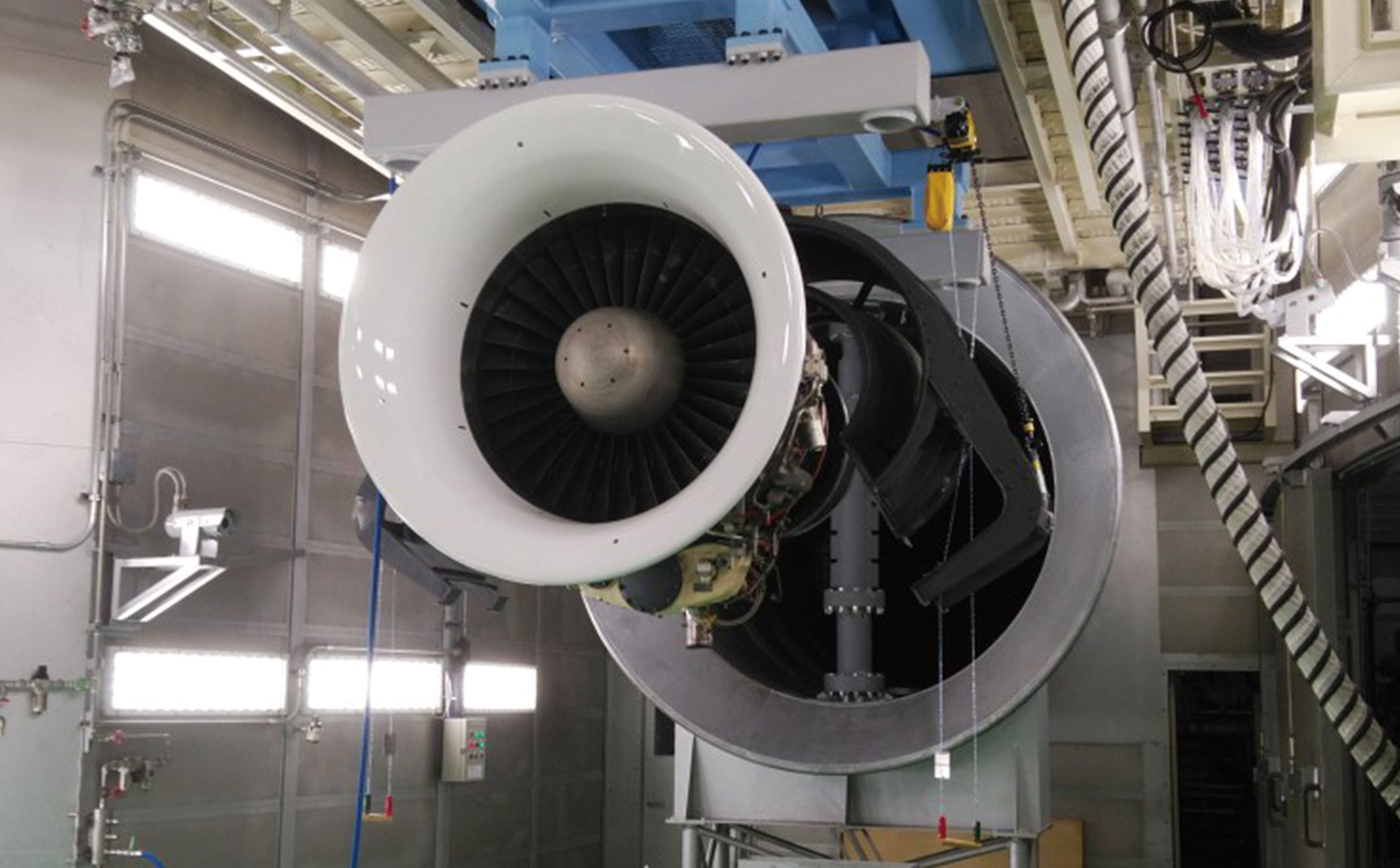
India is currently engaged in discussions with major aerospace engine manufacturers to collaborate on the development of a 110-120kN class of engine for the country’s fifth-generation fighter jet AMCA program. People familiar with the matter have told idrw that In addition to the engine itself, the deal is also said to include provisions for the establishment of a High Altitude Engine Test Facility (HAETF) and Flying Testbed Aircraft (FTB) in India, both of which will be provided or supported by the chosen aerospace engine OEMs.
idrw has learned that the aerospace engine OEMs may directly provide or assist in setting up the High Altitude Engine Test Facility (HAETF) and Flying Testbed Aircraft (FTB) in India, as these facilities are critical for developing the engine locally and conducting all levels of testing during the development process. India’s goal is to avoid relying on OEM support repeatedly.
Continue readingSOURCE: RAUNAK KUNDE / NEWS BEAT / IDRW.ORG.
In 2010, India’s Aeronautical Development Agency (ADA) chose 99 F414 GE fighter jet engines to power the Mk II variant of the Tejas Light Combat Aircraft (LCA) for the Indian Air Force. The initial batch of F414-GE-INS6 engines was to be supplied by GE Aviation under the terms of the original agreement, with the remainder being produced in India through a technology transfer agreement.
At the time, the Indian Air Force was only interested in around 80 Mk II versions, which were to be built by re-engining the Tejas Mk1 airframe that was ready in 2014, with an All up weight (AUW) of 15 tons and an extended 500mm longer fuselage plug in its spine.
Continue readingSOURCE: RAUNAK KUNDE / NEWS BEAT / IDRW.ORG.

The Indian Air Force (IAF) is planning to retire 80 Mig-21Bis jets that were procured in the mid-80s, along with an additional 40 airframes kept in reserves by 2025. The state-owned Hindustan Aeronautics Limited (HAL) that has been exploring the concept of the Optionally-manned combat aircraft (OMCA), which involves converting retired jets into suicide drones for various purposes, such as carrying out attacks or baiting air defence positions within enemy airspace has been proposing making retired Mig-21s into OMCA.
The OMCA project aims to develop platforms that can carry out auto take-off and landing without any remote pilot inputs and can be armed to carry out the first wave of airstrikes in heavily saturated airspace. However, the IAF is not fully on board with this project yet.
Continue readingSOURCE: RAUNAK KUNDE / NEWS BEAT / IDRW.ORG
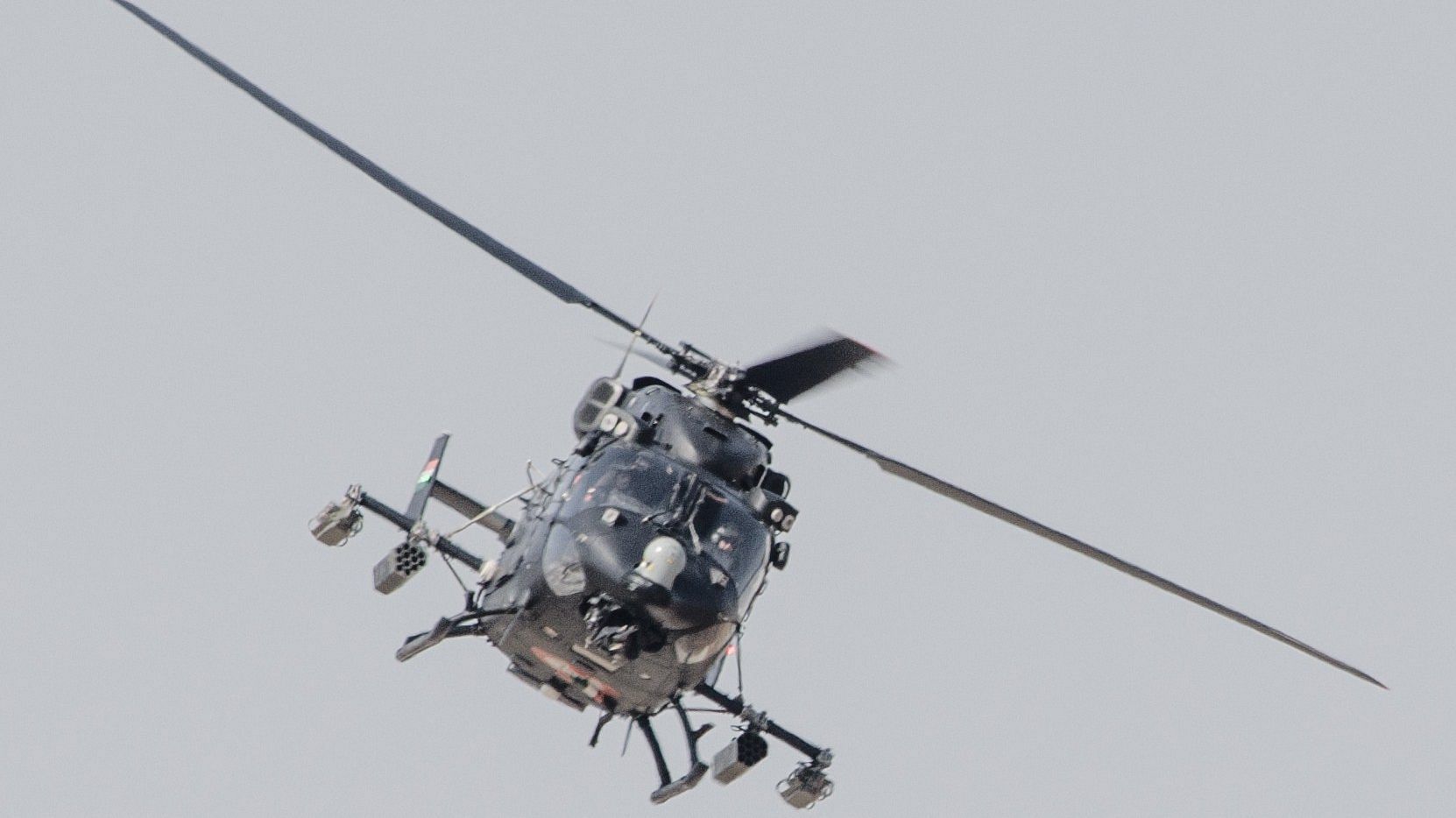
The No.3 Base Repair Depot of the Indian Air Force (IAF) in Chandigarh has taken up an important project to develop Kevlar safety screens for the protection of machine gun operators during operations on board transport helicopters.
Machine guns are mounted in the doorframes of these helicopters to provide fire support during special heli-borne operations such as airborne assault, troop insertion, or search and rescue missions in hostile territories. Such situations make the gunner vulnerable to enemy ground fire, and the Kevlar safety screens will offer much-needed protection.
Continue readingSOURCE: RAUNAK KUNDE / NEWS BEAT / IDRW.ORG

The Astra MkI Beyond Visual Range (BVR) Air-to-Air Missile (AAM), indigenously designed and developed by the Defence Research and Development Organisation (DRDO), is set to be cleared for operational roles later this year for the Mig-29K fleet, Once it clears the mandated flight trial from the aircraft.
The Indian Navy, in association with State-owned Hindustan Aeronautics Limited (HAL), has already begun equipping the Mig-29K fleet with an upgraded Indian-designed Mission Computer (MC) on the aircraft to enable integration of Indian-made weapons like Astra MkI.
Continue readingSOURCE: RAUNAK KUNDE / NEWS BEAT / IDRW.ORG
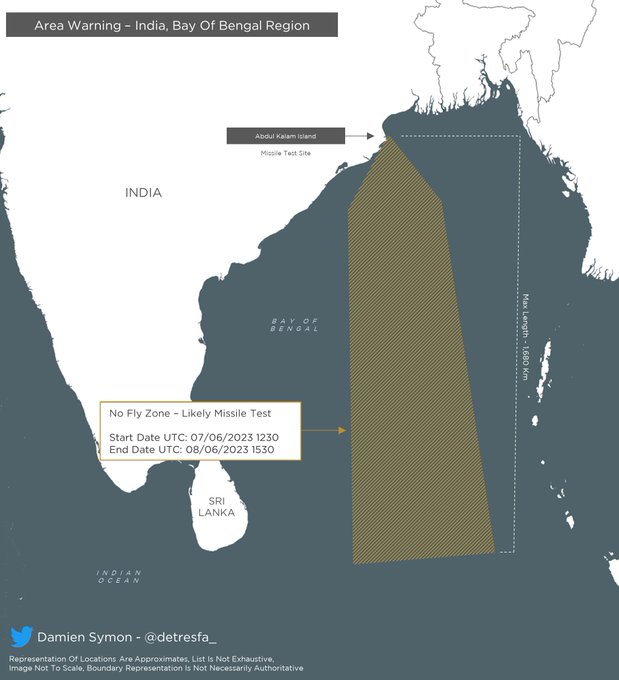
India has Rescheduled Notices to Airmen (NOTAM) for a launch of a missile in the Bay of Bengal that was issued for the period from 18-19 May 2023 to now 07-08 June 2023 as per information provided by Twitter user Damien Symon@detresfa_.
The designated area for the NOTAM is 1680 km in length which indicates it might be a test of the Agni-P from Abdul Kalam Island. Agni P is a two-stage Canisterised solid propellant ballistic missile with dual redundant navigation and guidance system.
Continue readingSOURCE: RAUNAK KUNDE / NEWS BEAT / IDRW.ORG

Bharat Forge, a Pune-based company, has received approval from the Ministry of Defence (MOD) for the procurement of 300 Advanced Towed Artillery Gun Systems (ATAGS), which it developed in collaboration with Tata Defence and Aerospace and state-owned DRDO. The contract for the guns is expected to be signed later this year, after the opening of commercial bids submitted by Bharat Forge and Tata Defence and Aerospace.
Under the agreement, Bharat Forge and Tata Defence and Aerospace will jointly manufacture the ATAGS at a 60-40% ratio, with the lowest bidder getting the opportunity to manufacture 60% of the guns. The second lowest bidder will have to supply the ATAGS at the same price as the lowest bidder to secure their share of the order.
Continue readingSOURCE: RAUNAK KUNDE / NEWS BEAT / IDRW.ORG

On June 22, President Joe Biden will welcome Indian Prime Minister Narendra Modi for an official state visit to the United States. The visit is seen as an opportunity to strengthen Indo-US military ties and reduce India’s dependence on Russian military hardware. One key development that is expected to be discussed during the visit is the clearance of General Electric’s proposed plans to locally manufacture its F414 engines in India.
Last week, it was reported that the US administration had made inquiries to General Electric regarding its plans to manufacture the F414 engine in India. The US government asked about the number of F414-powered fighter jets that India intends to procure and how it plans to enforce its intellectual property rights (IPR) in India, where General Electric has claimed complete transfer of technology (ToT) along with hot engine sections.
Continue readingSOURCE: RAUNAK KUNDE / NEWS BEAT / IDRW.ORG

Airbus Defence & Space officials recently visited India to explore potential partnerships for the supply chain of the Airbus A400M Atlas, a military cargo aircraft that is currently manufactured in Seville, Spain. The A400M Atlas is a strategic airlifter designed to perform a range of military and humanitarian operations, including the transportation of troops, equipment, and supplies. The aircraft has a maximum payload capacity of 37 tonnes and can carry a range of vehicles, including tanks and helicopters.
idrw has learned that A400M is an offer to India on the line of a C-295M Transporter Aircraft deal that is to be locally manufactured by the Tata Group in a joint venture with Airbus.
Continue readingSOURCE: RAUNAK KUNDE / NEWS BEAT / IDRW.ORG
)
The Indian Navy has begun receiving the MH-60R multi-role anti-submarine warfare helicopters under a 2020 deal with US defence contractor Lockheed Martin. The order for 24 units is expected to be fulfilled by 2025, and there are plans to acquire more MH-60Rs under the Foreign Military Sales program from the US government.
While the specific number of units to be procured is yet to be confirmed, it is likely to be a smaller order, perhaps in single digits. The purpose of this additional purchase is to enhance anti-submarine operations in the face of China’s increasing presence in the waters around India.
Continue readingSOURCE: RAUNAK KUNDE / NEWS BEAT / IDRW.ORG
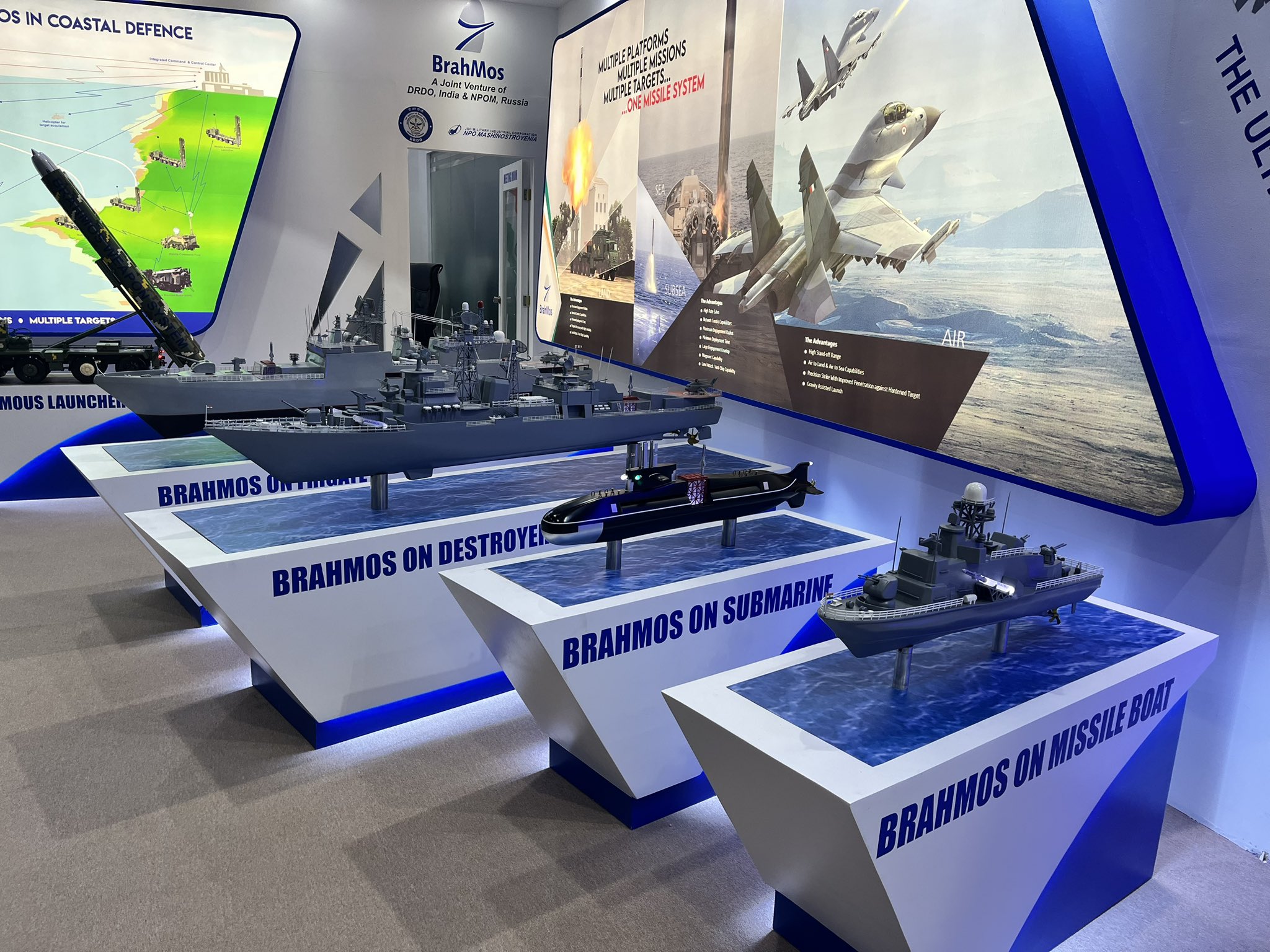
BrahMos Aerospace’s General Manager for Market Promotion & Export, Praveen Pathak, has recently confirmed that the delivery of BrahMos supersonic cruise missiles to the Philippine Marines is expected to be completed by December 2023.
“Most of all the technical issues have been finalized.… We’re very much positive that the Army will follow the footsteps of the Marines and we’ll sign a contract very soon,” he says. “No fixed timeline but we are expecting this year that we will sign the first contract,” he adds.
Continue readingSOURCE: RAUNAK KUNDE / NEWS BEAT / IDRW.ORG

In September of last year, the Cabinet Committee on Security (CCS) approved the LCA Mk2 program. Hindustan Aeronautics Limited (HAL), a state-owned aerospace and defence company, confirmed that the company’s Director (Finance), Ananthakrishnan, HAL plans to roll out a prototype by September 2025, exactly 36 months from the CCS clearance, and the first flight is scheduled for 2026.
There are plans for three additional prototypes of the LCA Mk-2 fighter, which will be rolled out with an eight-month gap between each. Initially, the LCA Mk2 Project Director at Aeronautical Development Agency (ADA), Dr V Madhusudana Rao, announced that four prototypes would be used for complete flight testing and weapon testing, with testing concluding by the end of 2027 so that production could begin in 2028.
Continue readingSOURCE: RAUNAK KUNDE / NEWS BEAT / IDRW.ORG

The conflict in Ukraine has exposed a vulnerability in the Russian Main Battle Tank, which has captured the Indian Army’s attention as it pursues its ambitious Future Ready Combat Vehicle (FRCV) initiative. The FRCV project aims to phase out the T-72 Main Battle Tanks supplied by the Soviet Union from 2030 onward.
While the Indian Army has prioritized the creation of a Light Tank for high altitude regions to keep up with Chinese firepower, Project Zorwar will also provide vital insights for the FRCV’s development. The FRCV will integrate advancements in asymmetric technologies and address emerging threats against armored formations.
Continue readingSOURCE: RAUNAK KUNDE / NEWS BEAT / IDRW.ORG
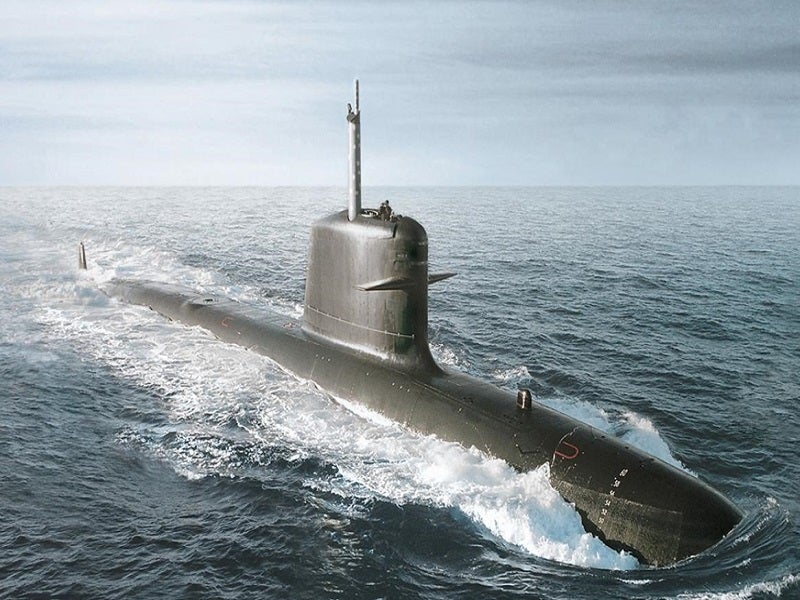
The Indian Navy has expressed interest in equipping its six Kalvari-class submarines with lithium battery packs and is looking to collaborate with local industrial partners in the country and the French Naval Group to achieve this goal. The French Naval Group, which is currently working with the DRDO to integrate a fuel cell-based air-independent propulsion (AIP) system into the first submarine of its class starting in 2025, has offered its expertise to help integrate lithium battery packs into the Kalvari-class submarine fleet.
The use of lithium battery packs in submarines offers several advantages, including increased endurance and efficiency, reduced maintenance costs, and improved safety. The Indian Navy has been actively pursuing advanced technologies to upgrade its submarine fleet and enhance its operational capabilities.
Continue reading